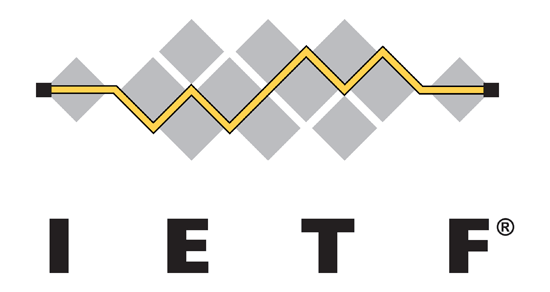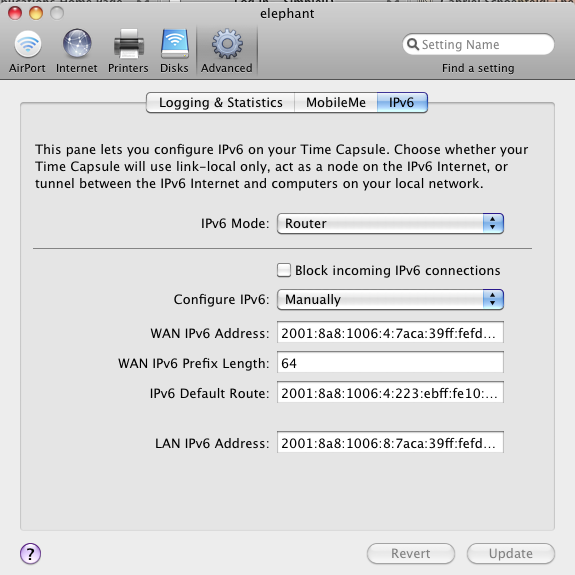 Courtesy of Mike Blanche of Google, the map on the left shows in black countries who signed the treaty developed at WCIT, countries in red who indicated they wouldn’t sign the treaty, and other countries who are thinking about it. A country can always change its mind.
Courtesy of Mike Blanche of Google, the map on the left shows in black countries who signed the treaty developed at WCIT, countries in red who indicated they wouldn’t sign the treaty, and other countries who are thinking about it. A country can always change its mind.
Over the next few weeks that map will change, and the dust will settle. The fact that the developed world did not sign the treaty means that the Internet will continue to function relatively unmolested, at least for a time, and certainly between developed countries. As the places that already heavily regulate telecommunications are the ones who are signing the treaty, its impact will be subtle. We will continue to see international regulatory challenges to the Internet, perhaps as early as 2014 at the ITU’s next Plenipotentiary conference. Certainly there will be heated debate at the next World Telecommunication Policy Forum.
This map also highlights that the ITU is the big loser in this debacle. Secretary General Hamadoun Touré claimed that the ITU works by consensus. It’s just not so, when matters are contentious, and quite frankly he lacked the power and influence to bring all the different viewpoints together. This loss of consensus has split the Union, and has substantial ramifications. There is no shared vision or goal, and this will need to be addressed at the next Plenipotentiary conference.
With different sectors and diverse participants, it is hard to lump the Union into a single group. Nations come together to manage radio spectrum in the ITU-R. That’s important because spectrum crosses borders, and needs to be managed. In the ITU-D, both developing and developed countries come together to have a dialog on key issues such as cybersecurity and interoperability. The work of the -D sector needs to be increased. Most notably, their Programmes need even more capability, and the study groups should be articulating more clearly the challenges and opportunities developing countries face.
The -T standardization sector is considerably more complex. It’s important not to lose sight of the good work that goes on there. For example, many of the audio and video codecs we use are standardized in ITU-T study group 16. Fiber transmission standards in study group 15 are the basis for long haul transmission. Study group 12 has some of the foremost experts in the world on quality of service management. However, the last six years have demonstrated a fundamental problem:

At the end of the day, when conflicts arise, and that is in the nature of standards work, because of one country one vote, the ITU-T is catering to developing countries who by their nature are not at the leading edge of technology. The ITU-T likes to believe it holds a special place among standards organizations, and yet there have been entire study groups whose work have been ignored by the market and governments alike. To cater to those who are behind the Rogers adoption curve is to chase away those who are truly in front. This is why you don’t see active participation from Facebook, Twitter, or Google in ITU-T standards, and why even larger companies like Cisco, IBM, HP, and others prefer to do protocol work largely elsewhere.1
So what can be done?
In practice study groups in ITU-T serve four functions:
- develop technical standards, known as recommendations;
- provide fora for vertical standards coordination;
- direct management of a certain set of resources, such as the telephone number space;
- establish accounting rates and regulatory rules based on economics and policy discussions.
The first two functions are technical. The other are political. The invasion of political processes into technical standards development is also a fundamental issue. I offer the above division to demonstrate a possible way forward to be considered. The role of the -D sector should be considered in all of this. Hearing from developing countries about the problems they are facing continues to be important.
The ITU-T and its member states will have the opportunity to consider this problem over the next two years, prior to its plenipotentiary meeting. There is a need for member states to first recognize the problem, and to address it in a forthright manner.
What Does the Internet Technical Community Need to Do?
For the most part, we’re at this point because the Internet Technical Community has done just what it needed to do. After all, nobody would care about regulating a technology that is not widely deployed. For the most part, the Internet Technical Community should keep doing what we’re doing. That does not mean there isn’t room for improvement.
Developing countries have real problems that need to be addressed. It takes resources and wealth to address cybersecurity, for example. To deny this is to feed into a political firestorm. Therefore continued engagement and understanding are necessary. Neither can be found at a political conference like WCIT. WCIT has also shown that by the time people show up at such places, their opinions are formed.
Finally, we must recognize an uncomfortable truth with IPv4. While Africa, Latin & South America still have free access to IPv4 address space, the rest of the world has exhausted its supply. Whenever a scarce resource is given a price, there will be haves and have nots. When the have nots are poor, and they often are, it can always be classed as an inequity. In this case, there truly is no need for such inequity, because IPv6 offers everyone ample address space. Clearly governments are concerned about this. The private sector had better regulate itself before it gets (further) regulated.
Another Uncomfortable Truth
Developing countries are also at risk in this process, and perhaps most of all. They have been sold the idea that somehow “bridging the standardization gap” is a good thing. It is one thing to participate and learn. It is another to impede leading edge progress through bloc votes. Leading edge work will continue, just elsewhere, as it has.
1 Cisco is my employer, but my views may not be their views (although that does happen sometimes).


